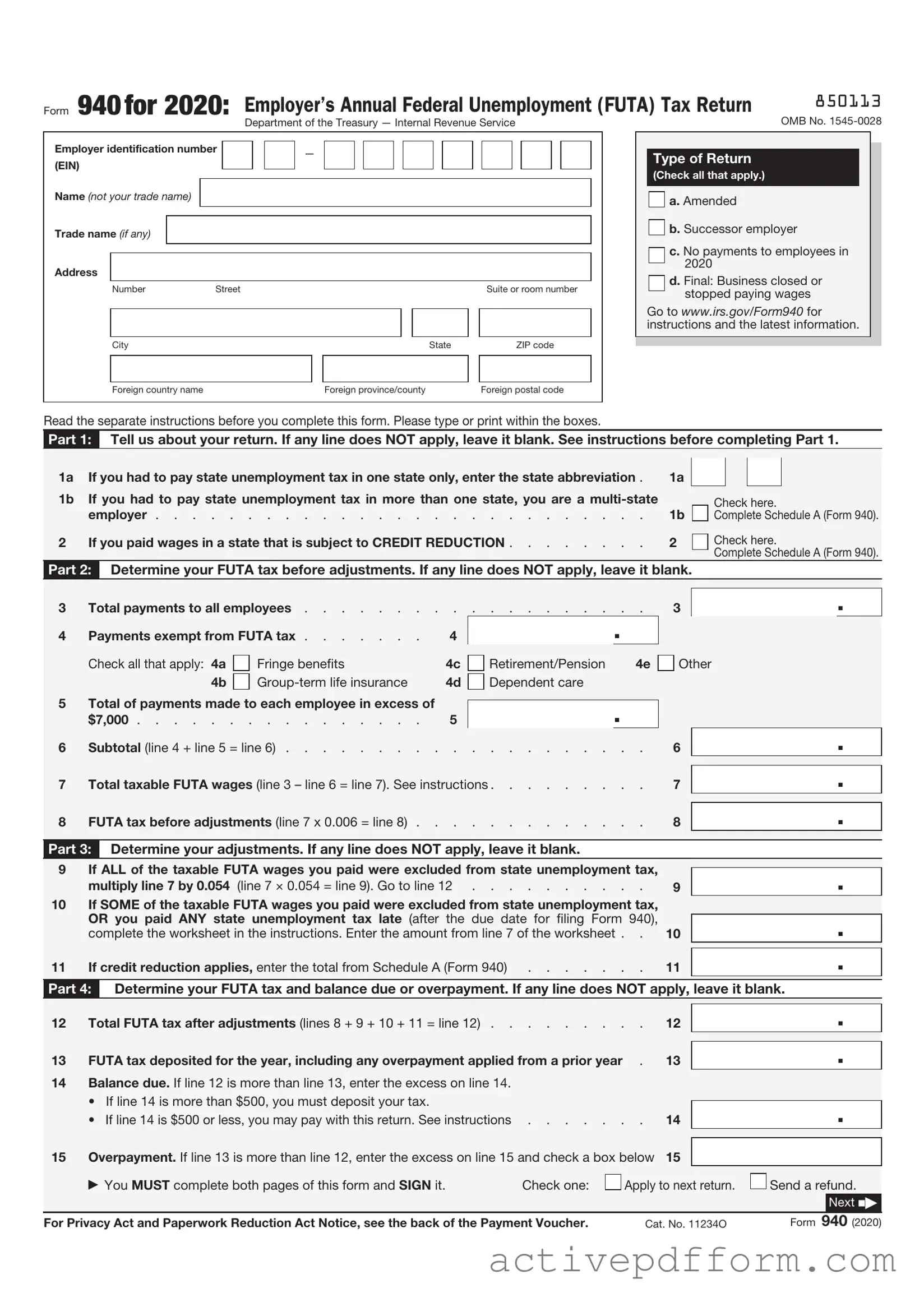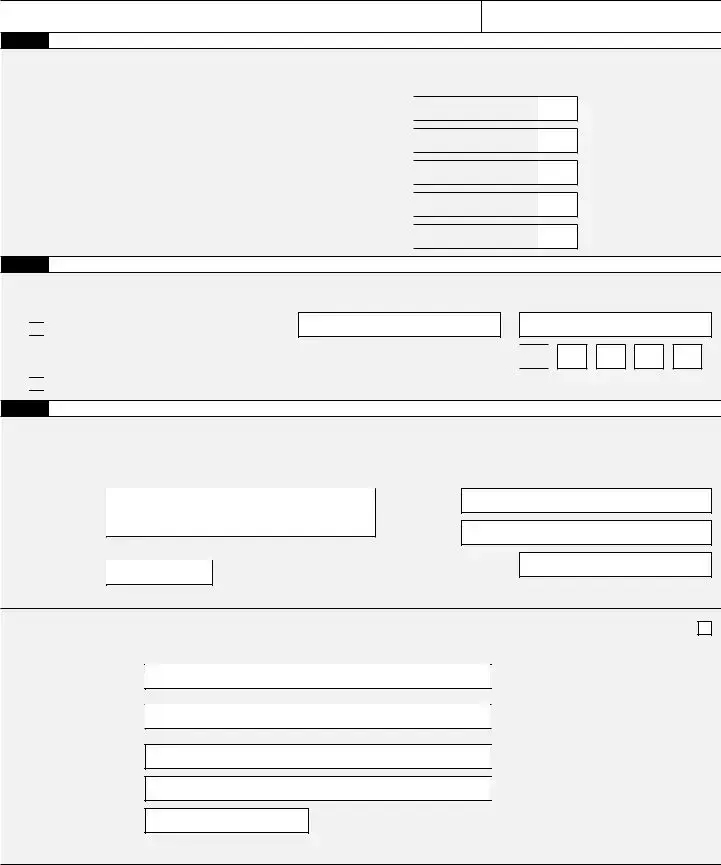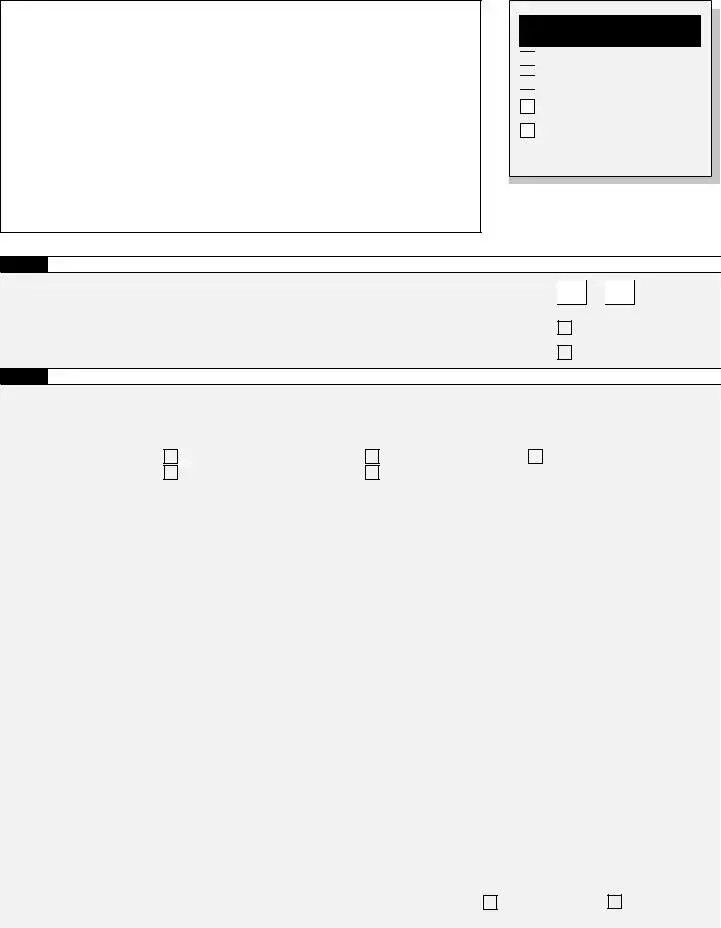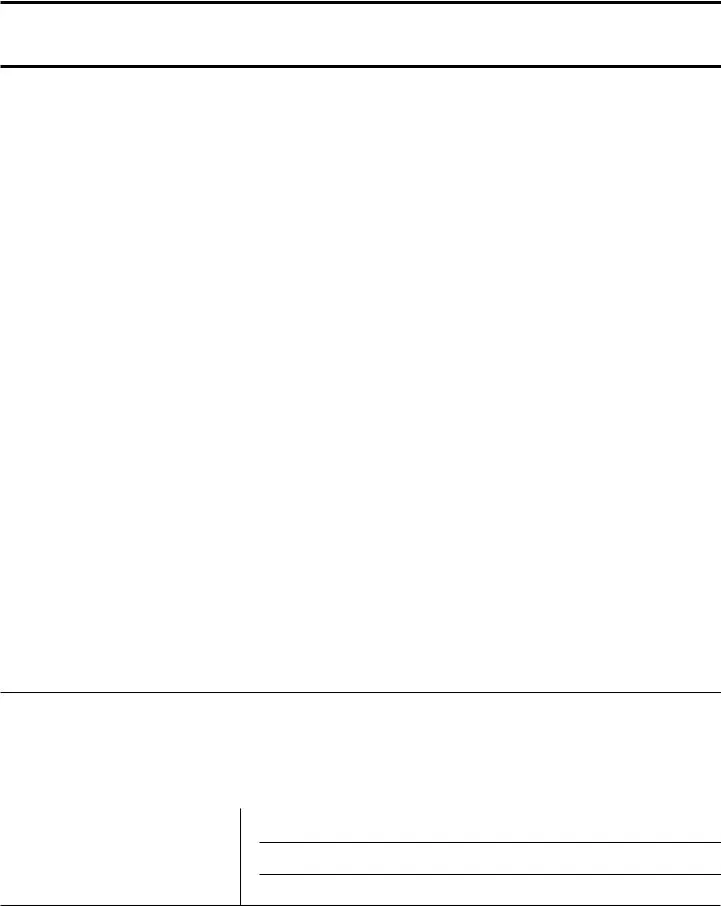What is the IRS 940 form?
The IRS 940 form, also known as the Employer's Annual Federal Unemployment (FUTA) Tax Return, is a tax form used by employers to report and pay unemployment taxes to the federal government. This form is essential for businesses that have employees and pay unemployment taxes. It helps ensure that funds are available for unemployment benefits for workers who lose their jobs through no fault of their own.
Who needs to file the IRS 940 form?
Any employer who pays wages of $1,500 or more in any calendar quarter or has at least one employee for at least 20 weeks in a calendar year is required to file the IRS 940 form. This applies to most businesses, including corporations, partnerships, and sole proprietorships. Non-profit organizations and government entities may also need to file, depending on their specific circumstances.
When is the IRS 940 form due?
The IRS 940 form is due annually on January 31st of the following year. For example, the form for the tax year 2023 must be filed by January 31, 2024. However, if you make a payment by January 31, you can file the form by February 10. It's important to keep track of these deadlines to avoid penalties and interest on late payments.
How do I calculate the FUTA tax?
To calculate the FUTA tax, you generally take 6.0% of the first $7,000 of each employee's wages. However, if you pay state unemployment taxes, you may be eligible for a credit of up to 5.4%, reducing your effective federal rate to 0.6%. This means you would only owe $42 per employee for the year if they earn at least $7,000. Be sure to keep accurate records of your employees' wages to ensure correct calculations.
What if I don't owe any FUTA tax?
If you do not owe any FUTA tax for the year, you are still required to file the IRS 940 form. Even if your liability is zero, filing the form is necessary to report your status and fulfill your obligations as an employer. Failing to file can lead to penalties, so it's best to submit the form on time, even with no tax due.
Can I file the IRS 940 form electronically?
Yes, you can file the IRS 940 form electronically using the IRS e-file system or through authorized e-file providers. Filing electronically is often faster and more efficient, and it allows for quicker processing and confirmation of your submission. Additionally, electronic filing reduces the risk of errors that can occur with paper forms.
What should I do if I make a mistake on my IRS 940 form?
If you discover an error after filing your IRS 940 form, you can correct it by filing an amended return. Use Form 940-X, which is specifically designed for making corrections to a previously filed 940 form. Be sure to explain the changes and provide any necessary documentation to support your amendments. Timely corrections can help avoid potential penalties.
Where can I find more information about the IRS 940 form?
For more information about the IRS 940 form, you can visit the official IRS website. The site provides detailed instructions, guidelines, and resources for employers. Additionally, you can contact the IRS directly or consult with a tax professional for personalized assistance and advice regarding your specific situation.







 .
. .
. .
. .
. .
.




 No.
No.
